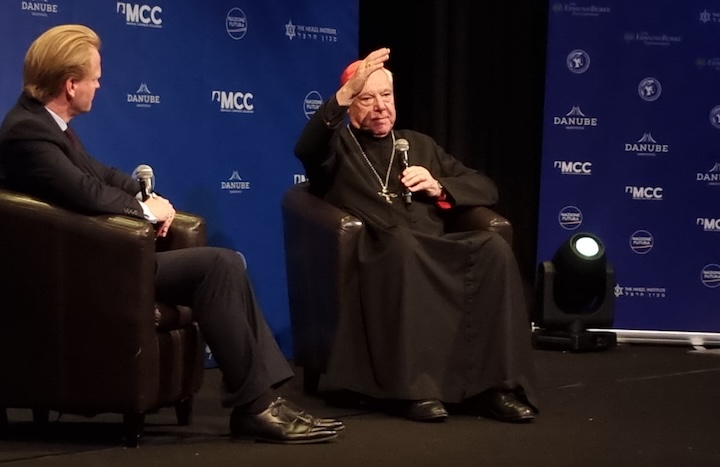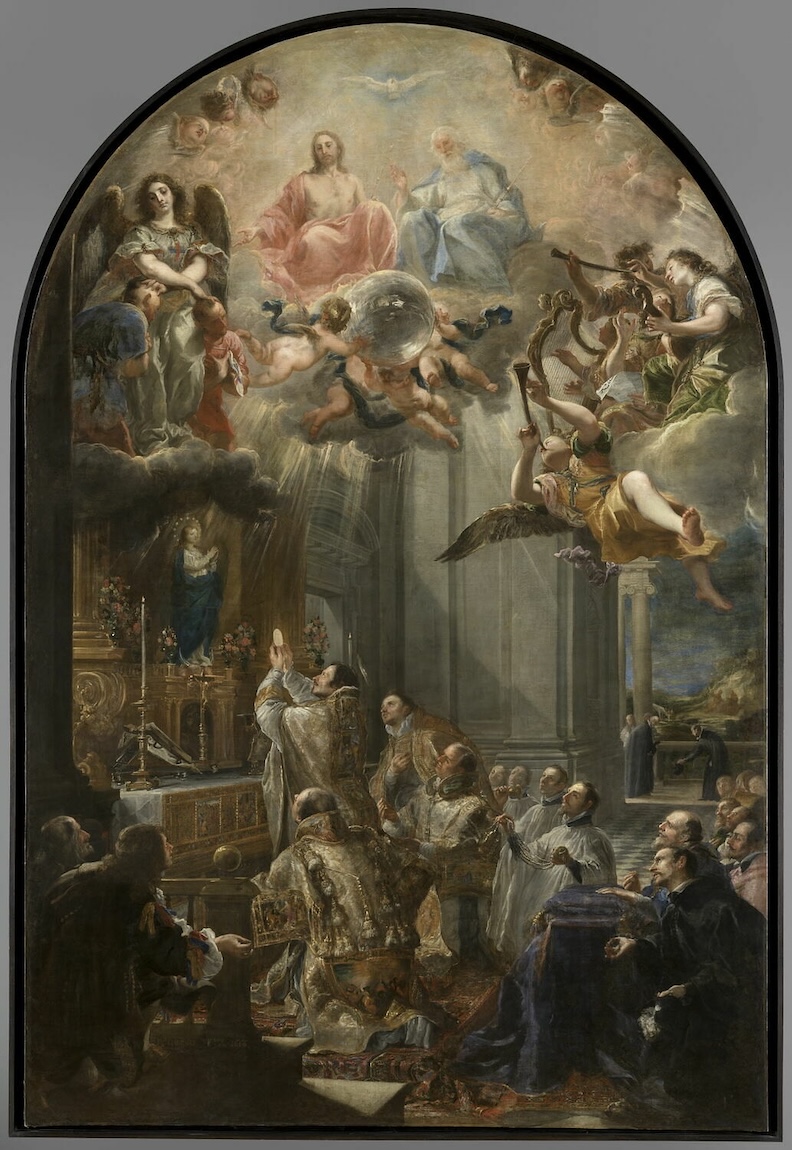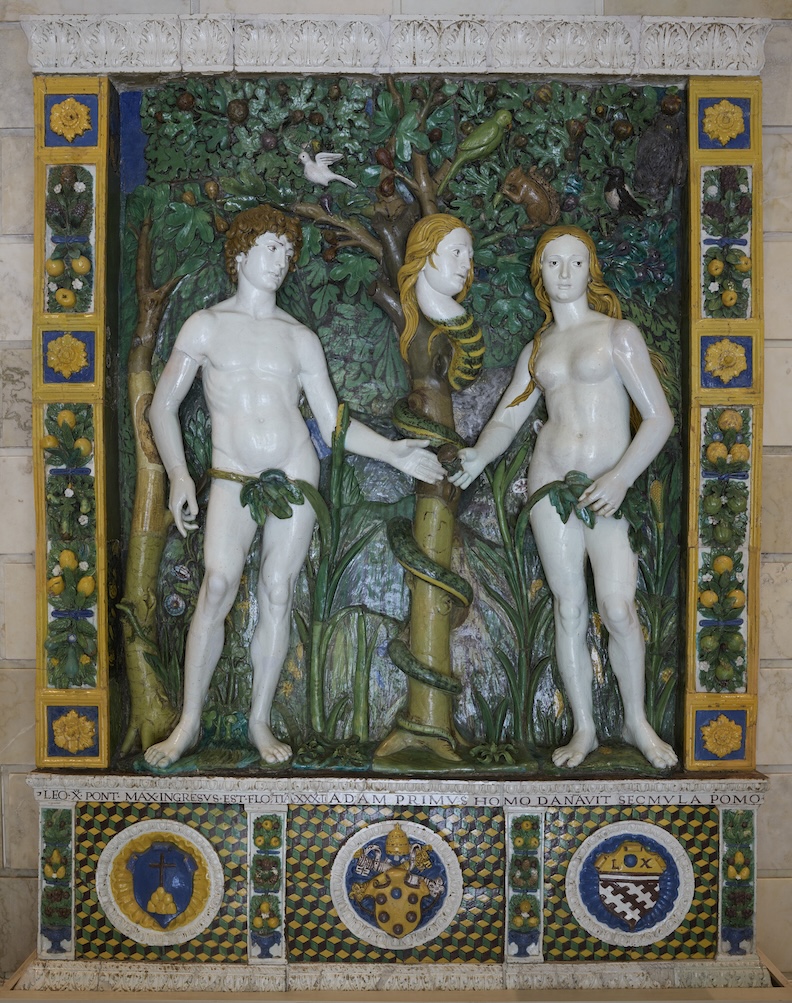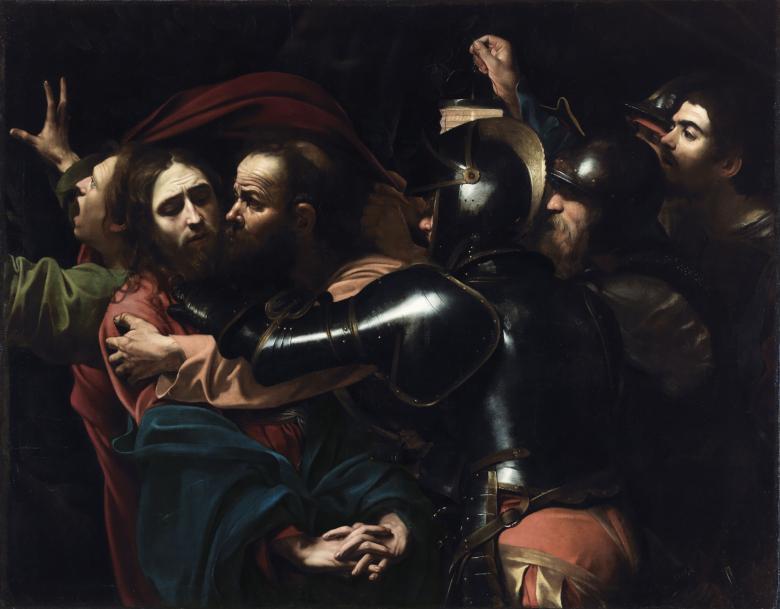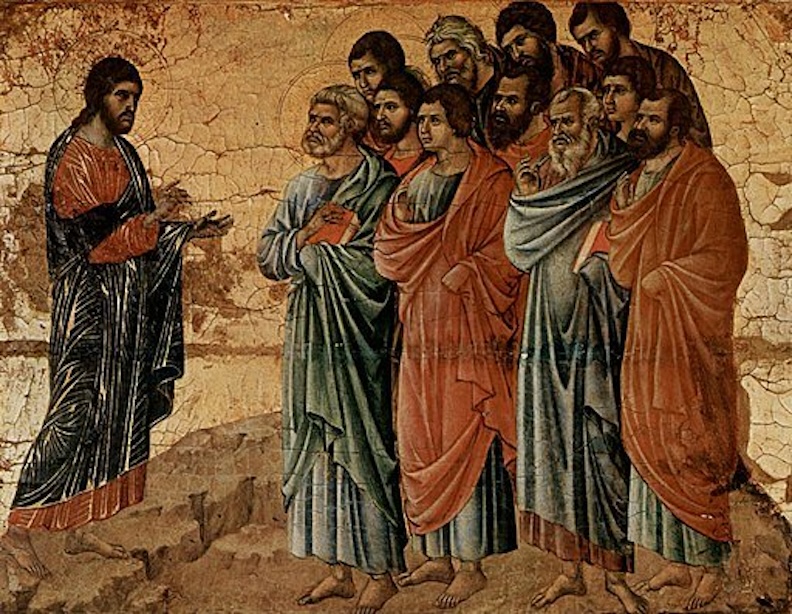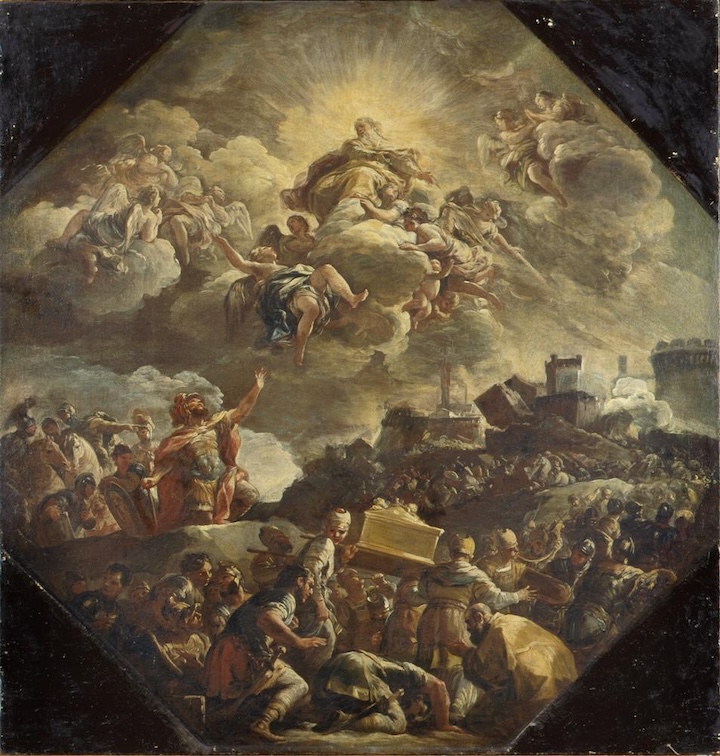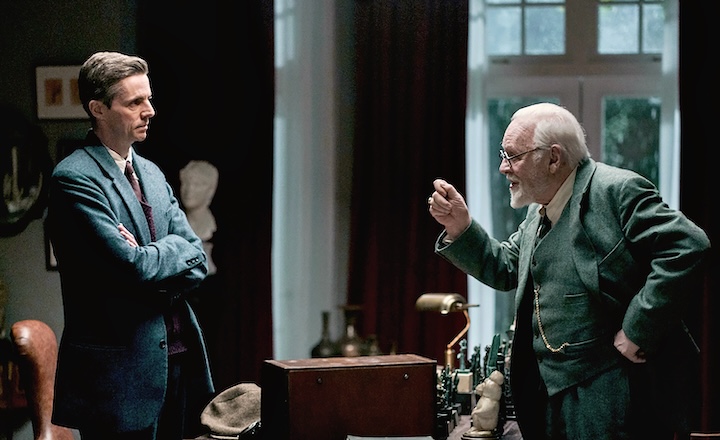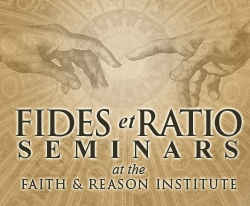‘Keane’ on Rupnik
Written by Brad Miner
Tuesday, May 7, 2024
Father Marko Rupnik’s work reminds me of the art attributed to Walter Keane, the American artist who was popular in the 1960s. His paintings of big-eyed girls and women, and of animals remain enduringly popular on posters, prints, and plates.
Keane and Rupnik are also alike in being frauds. In Keane’s case, he took credit for work actually painted by his wife, Margaret. In Rupnik’s case, the fraud was more moral and canonical; he’s been credibly accused of being a serial fornicator and a kind of spiritual rapist.
We could categorize the artistic work of both Keane and Rupnik as “Naïve.”
That term is defined by the Tate – London’s leading museum of modern art – as “simple, unaffected and unsophisticated. . .art made by artists who have had no formal training in an art school or academy.” This doesn’t mean Naïve art cannot be great. Among the artists lumped into the category are Henri Rousseau and Anna Mary Robertson, aka “Grandma” Moses.



